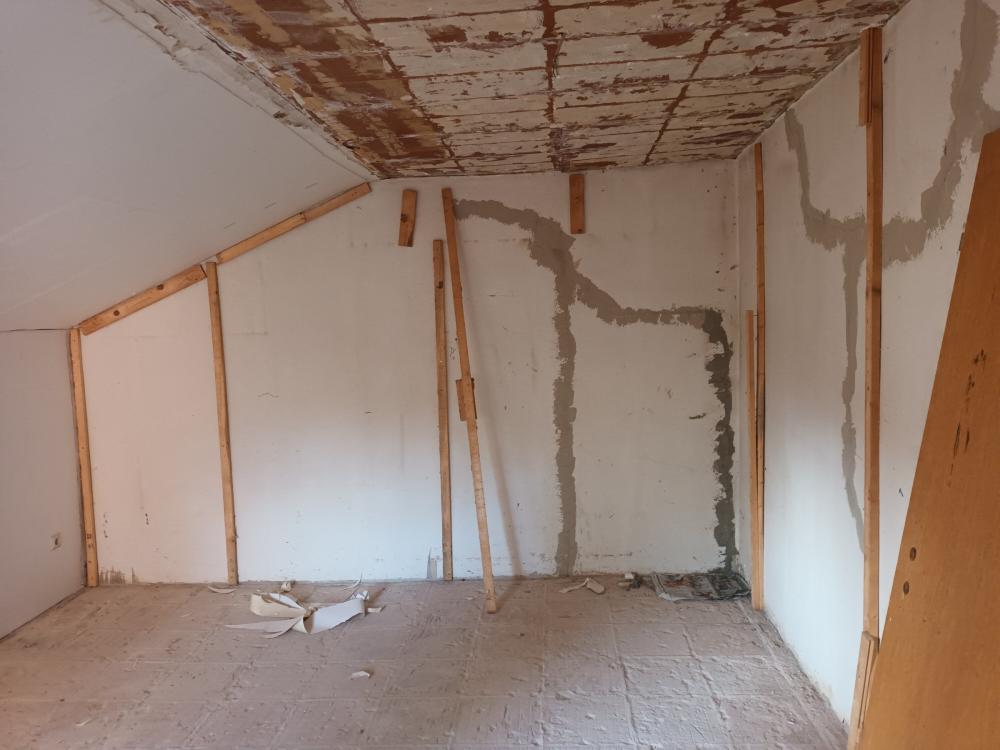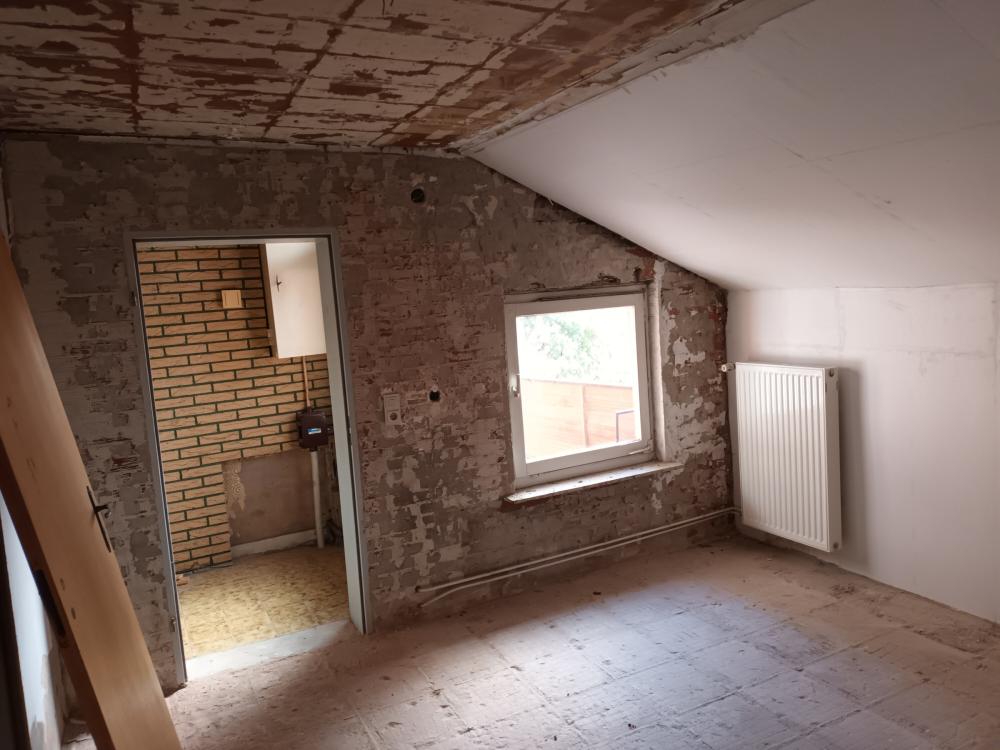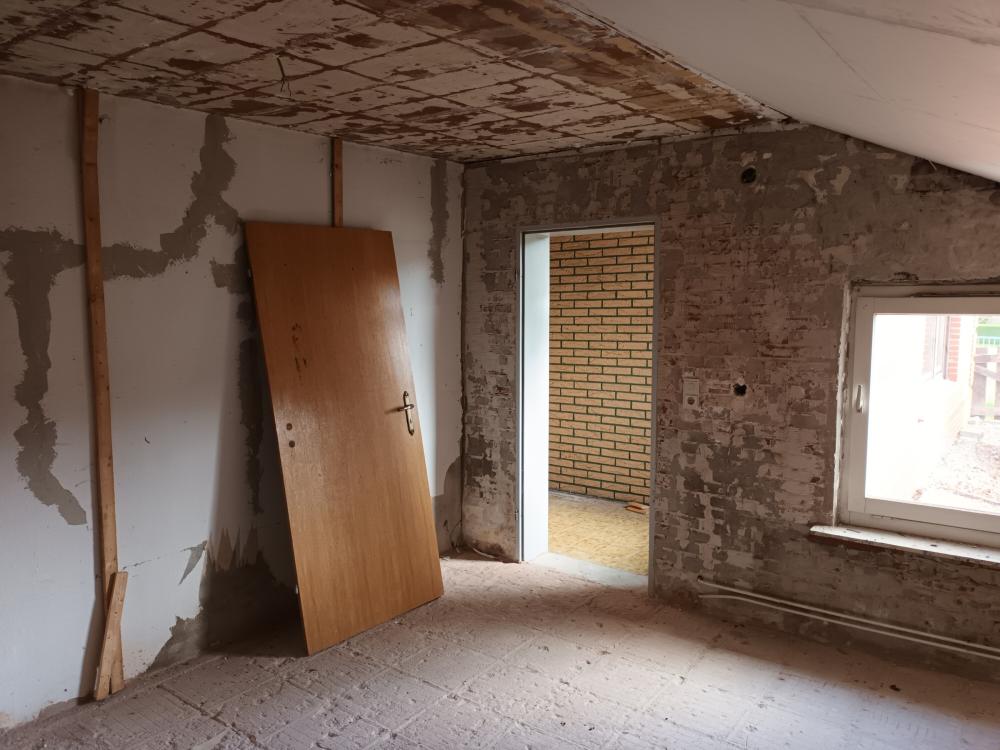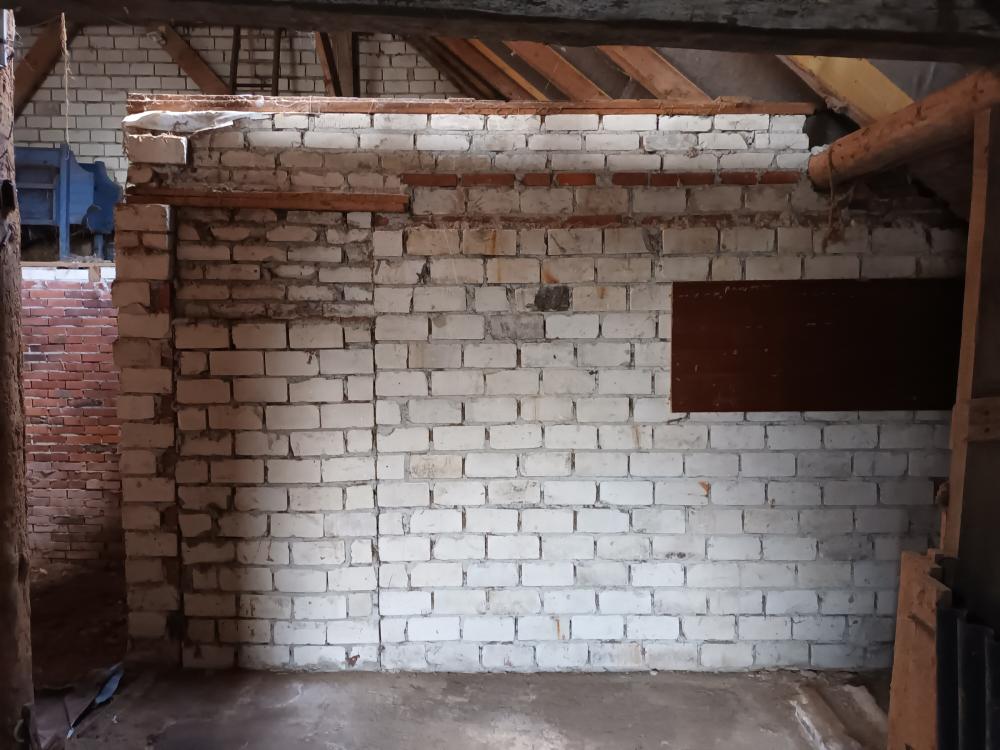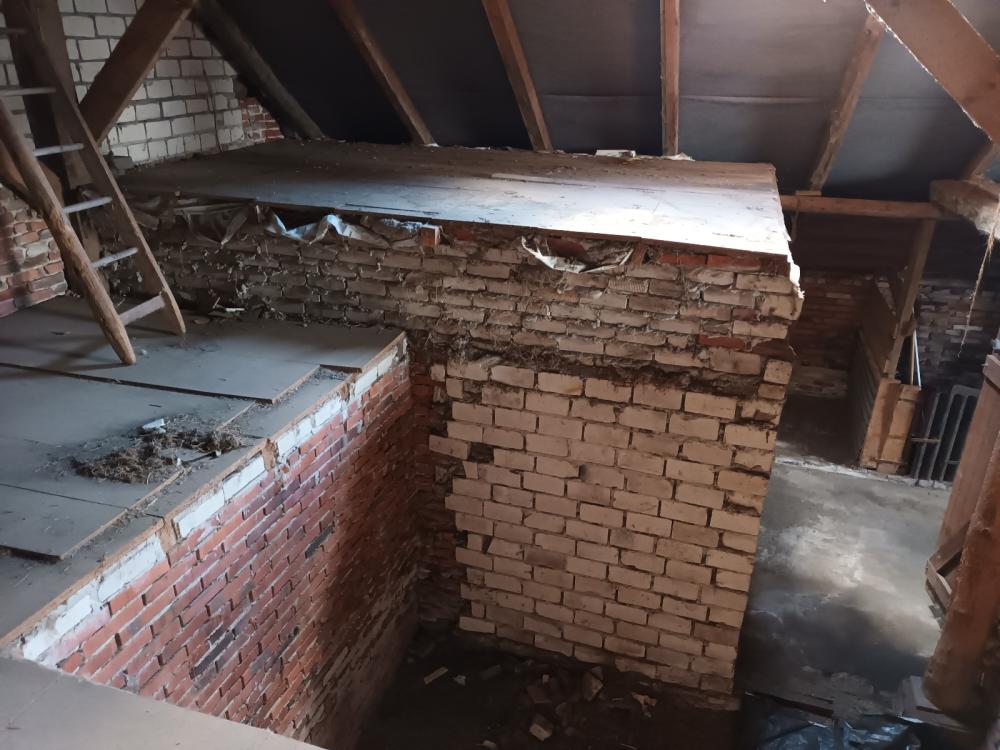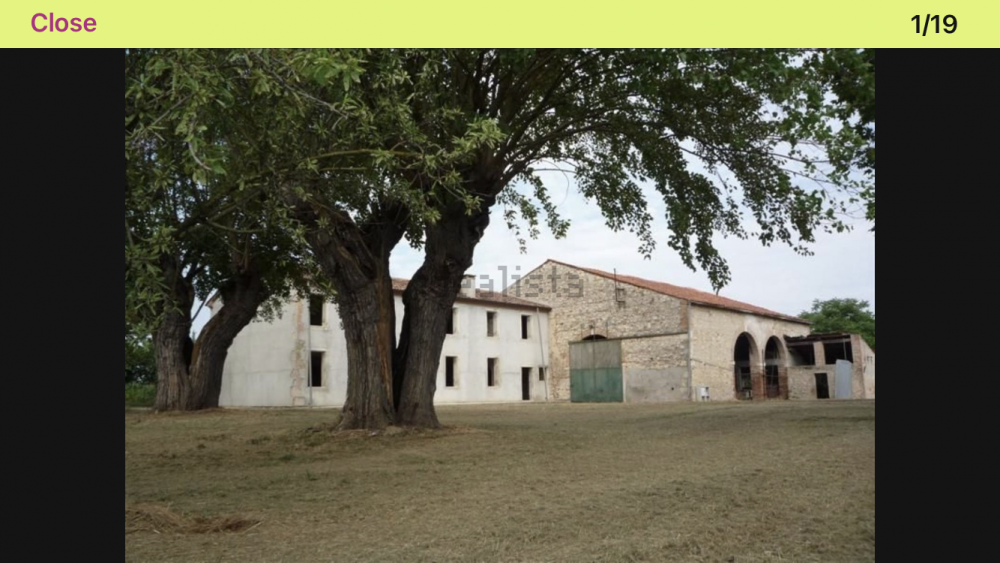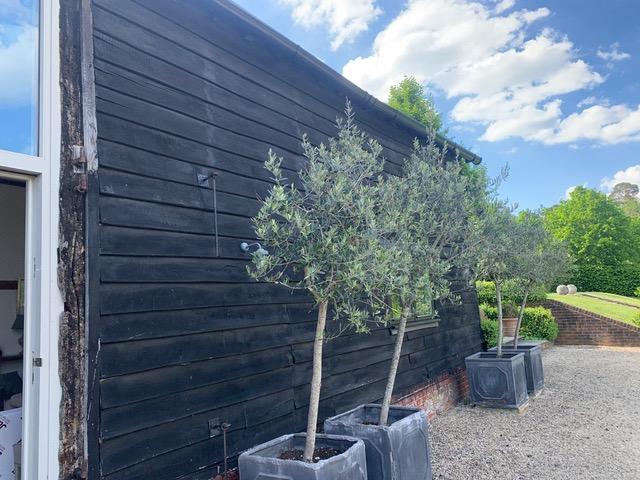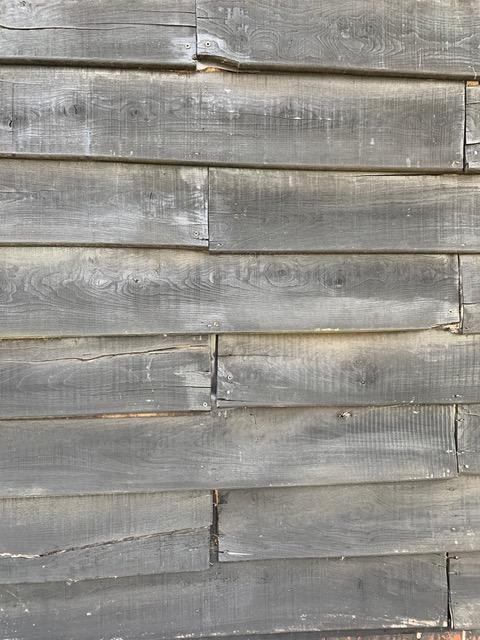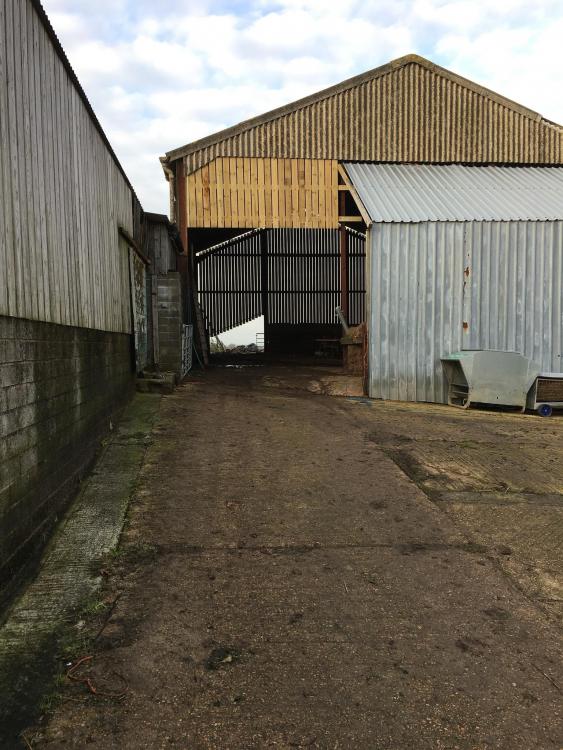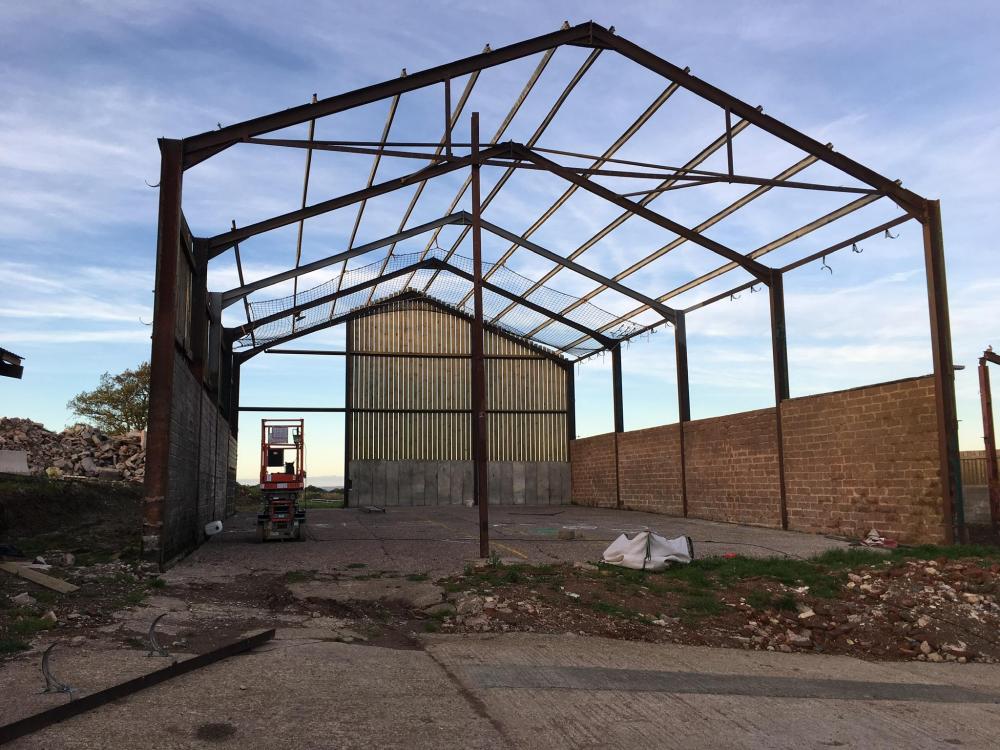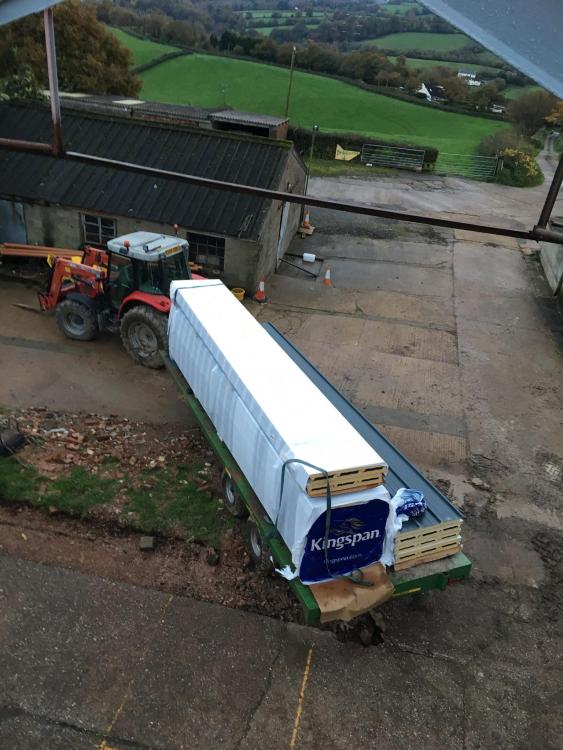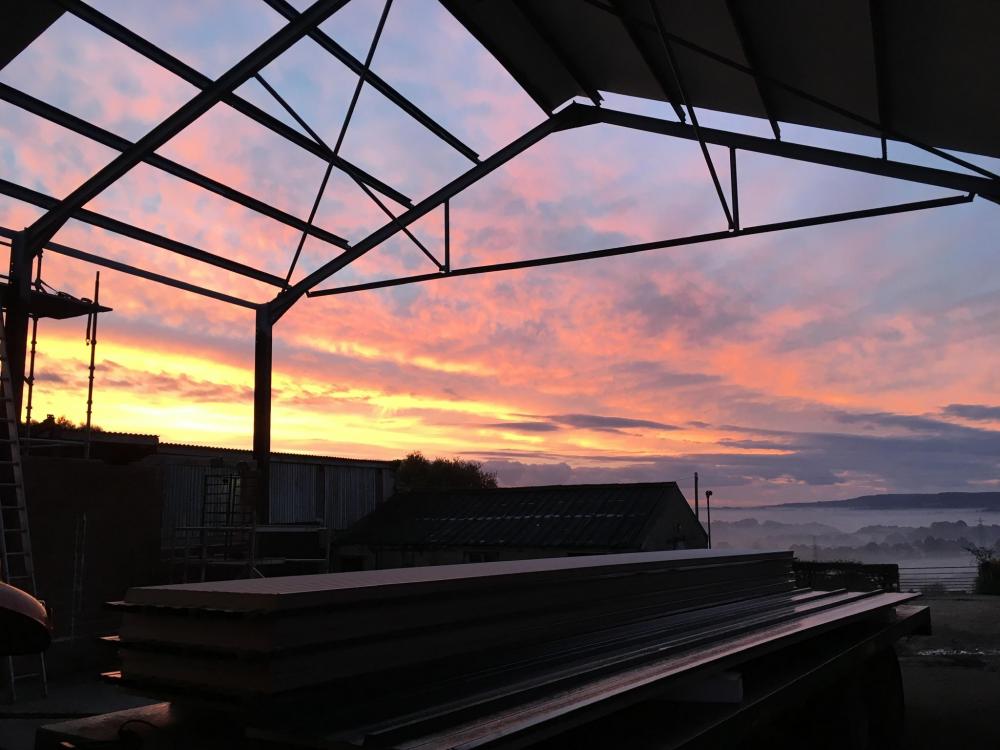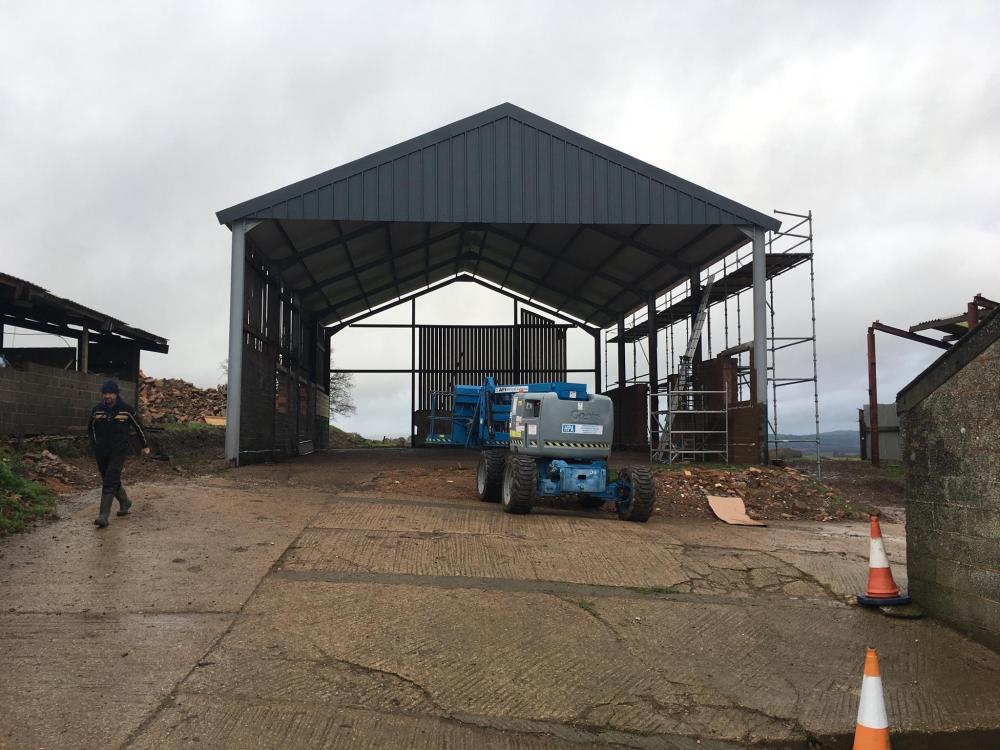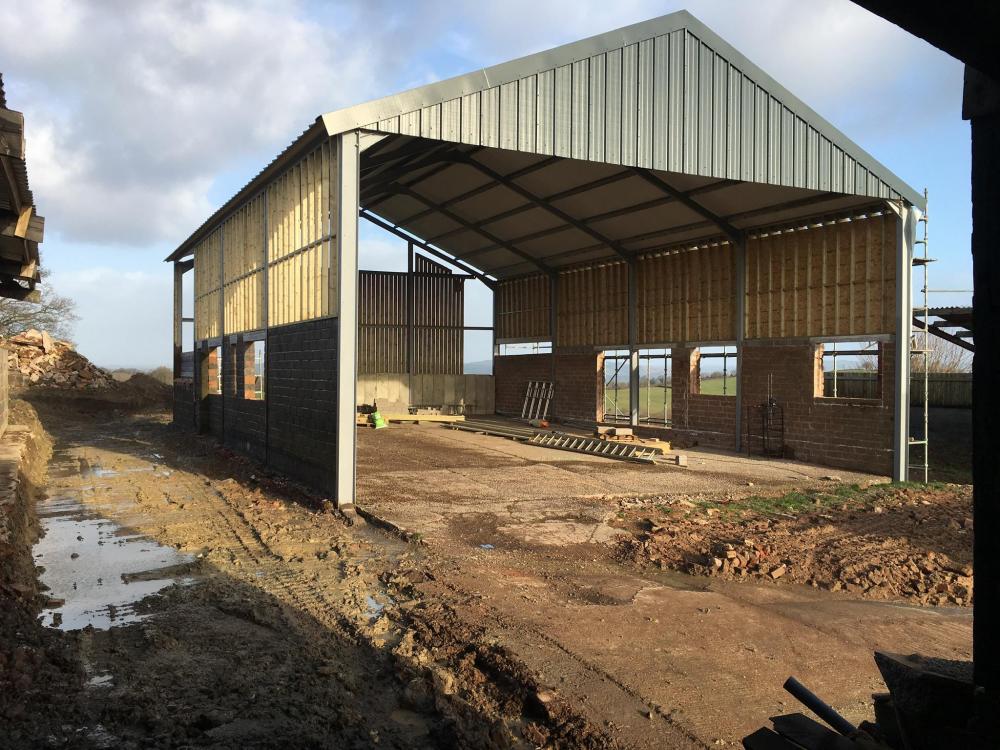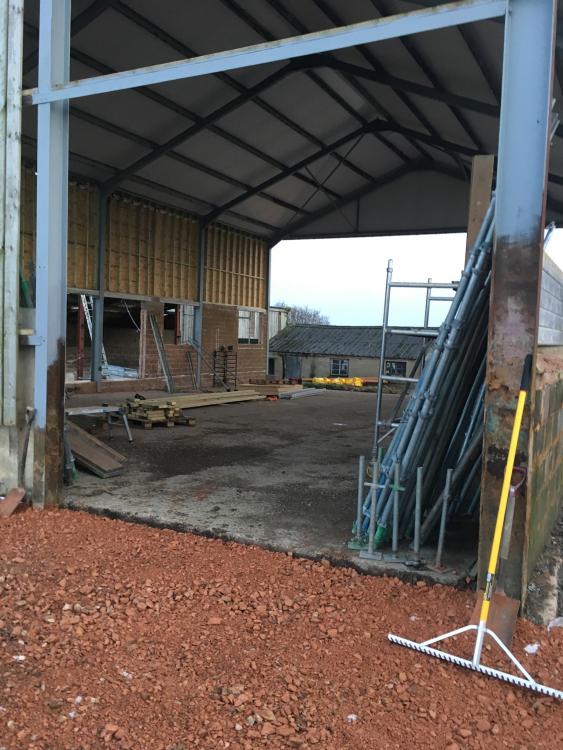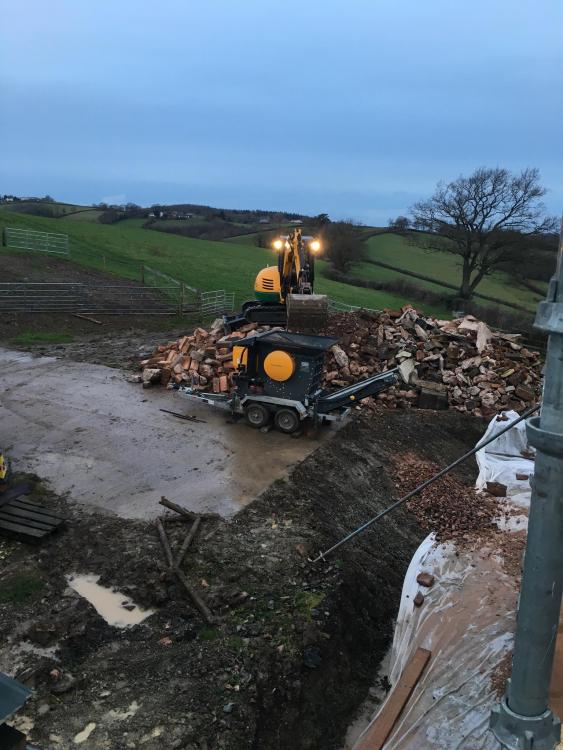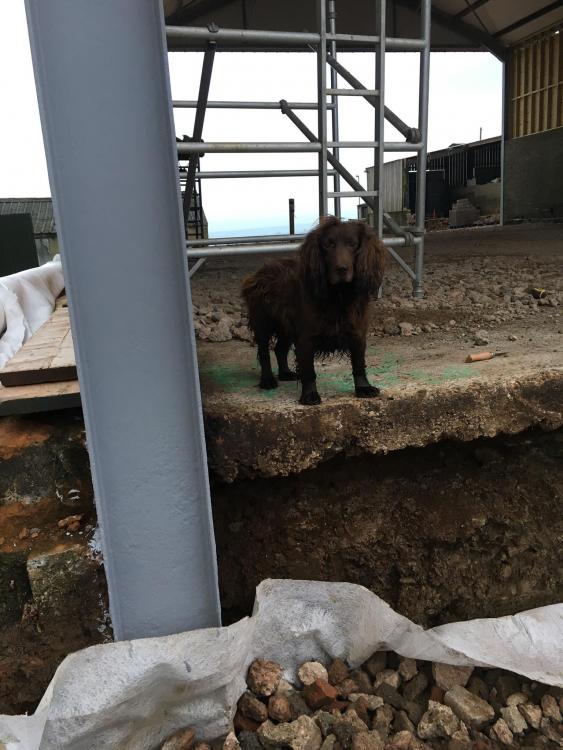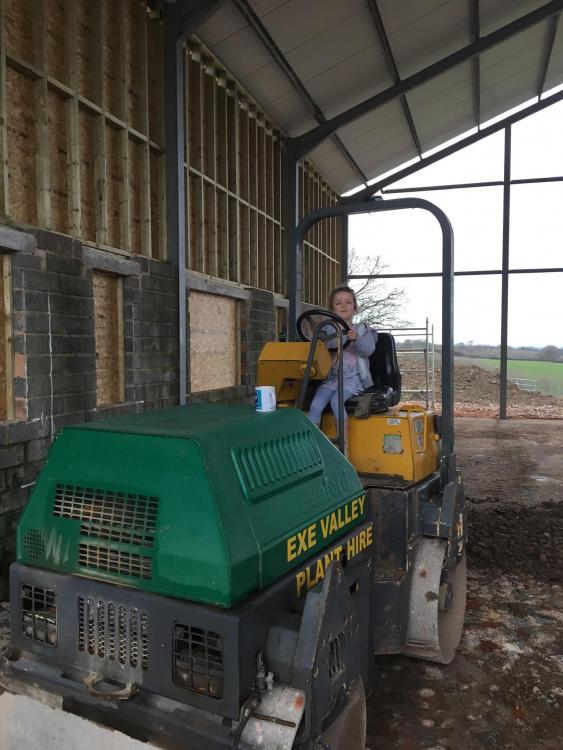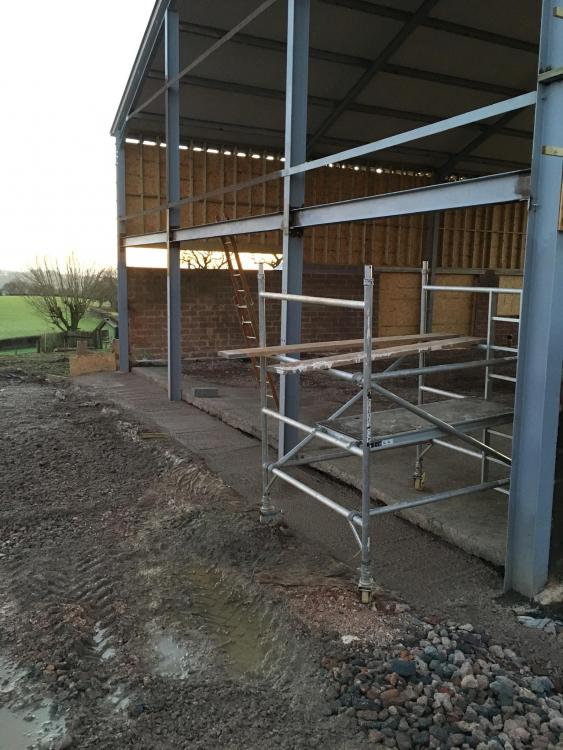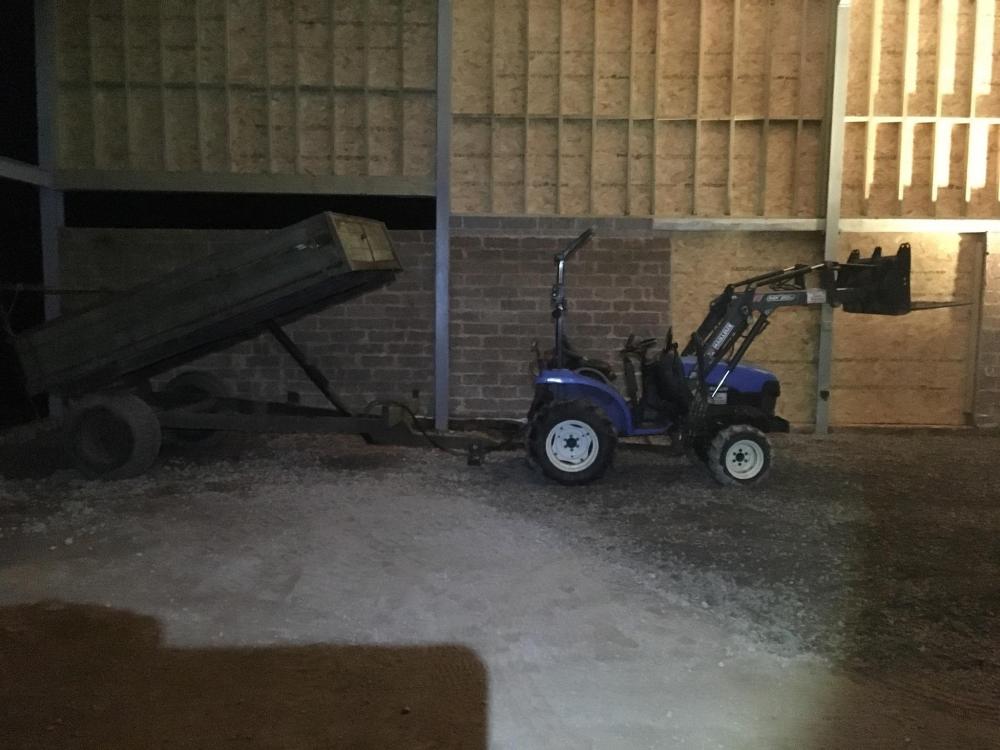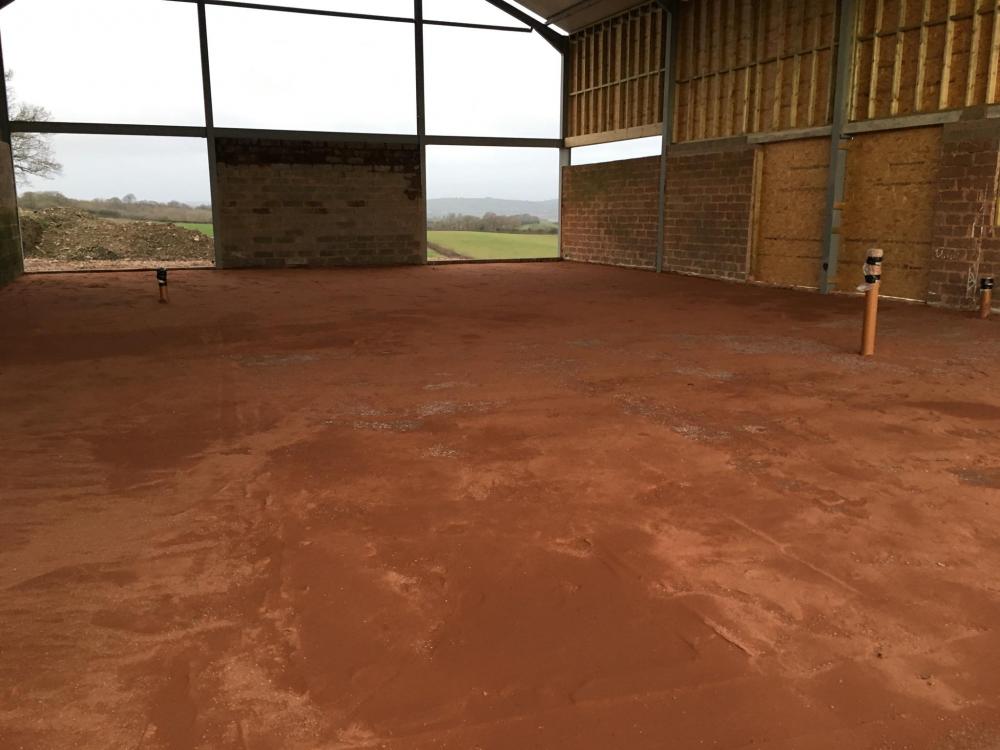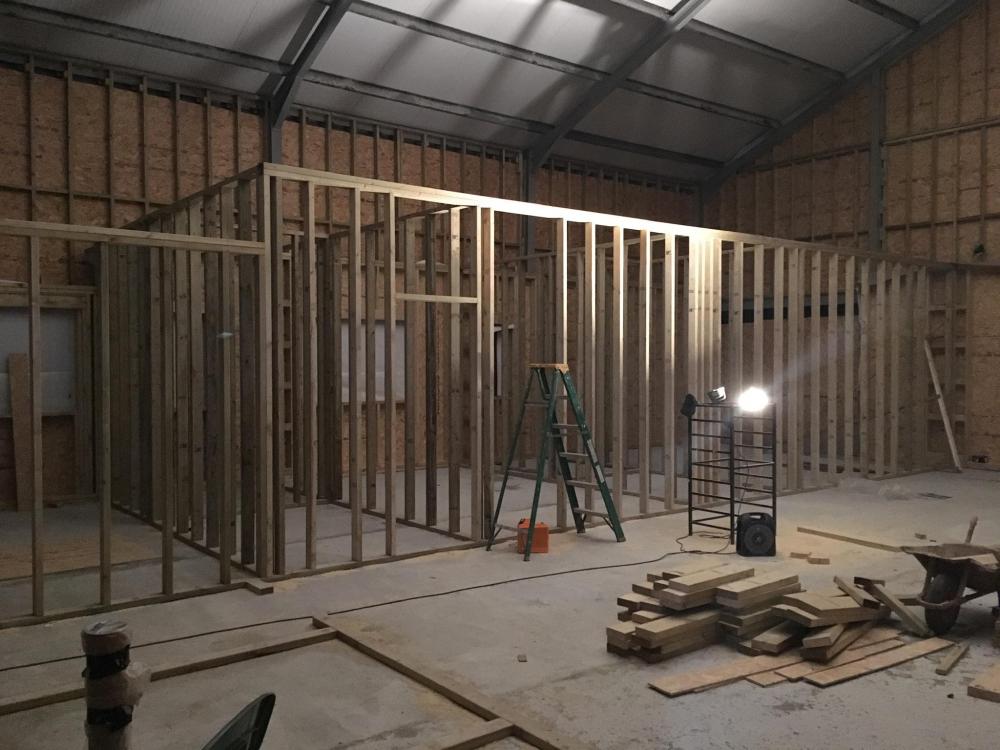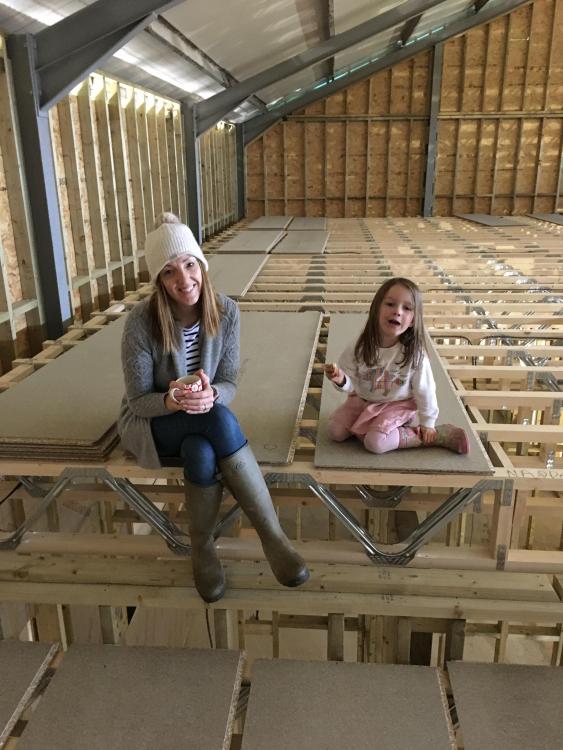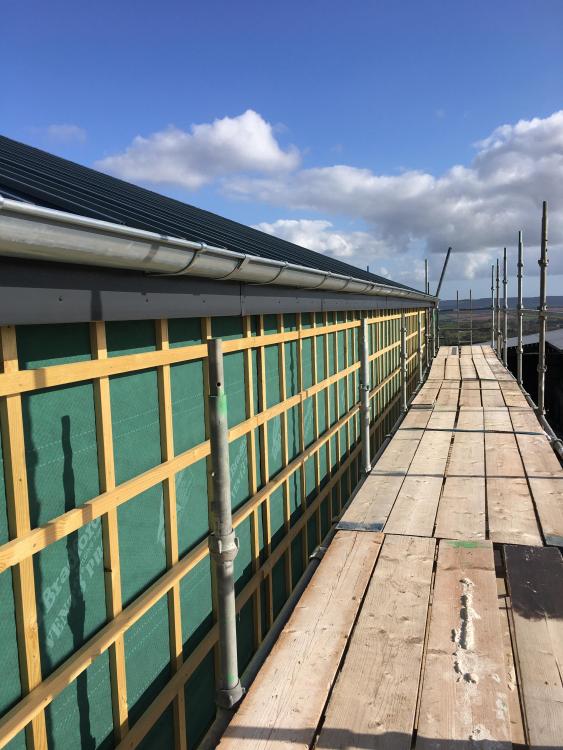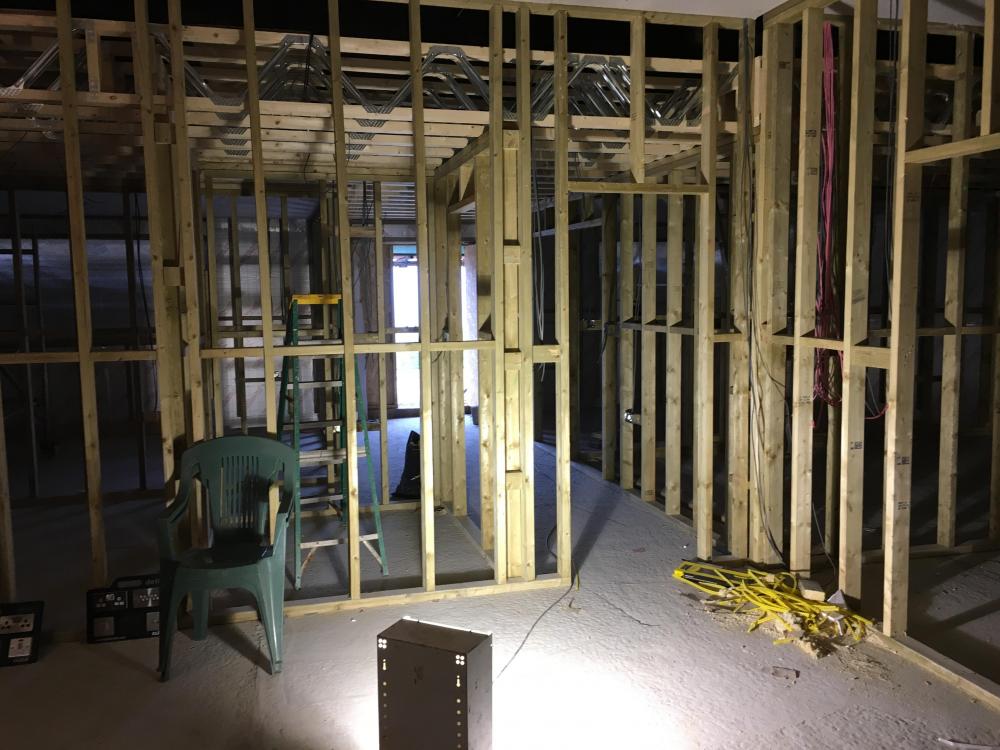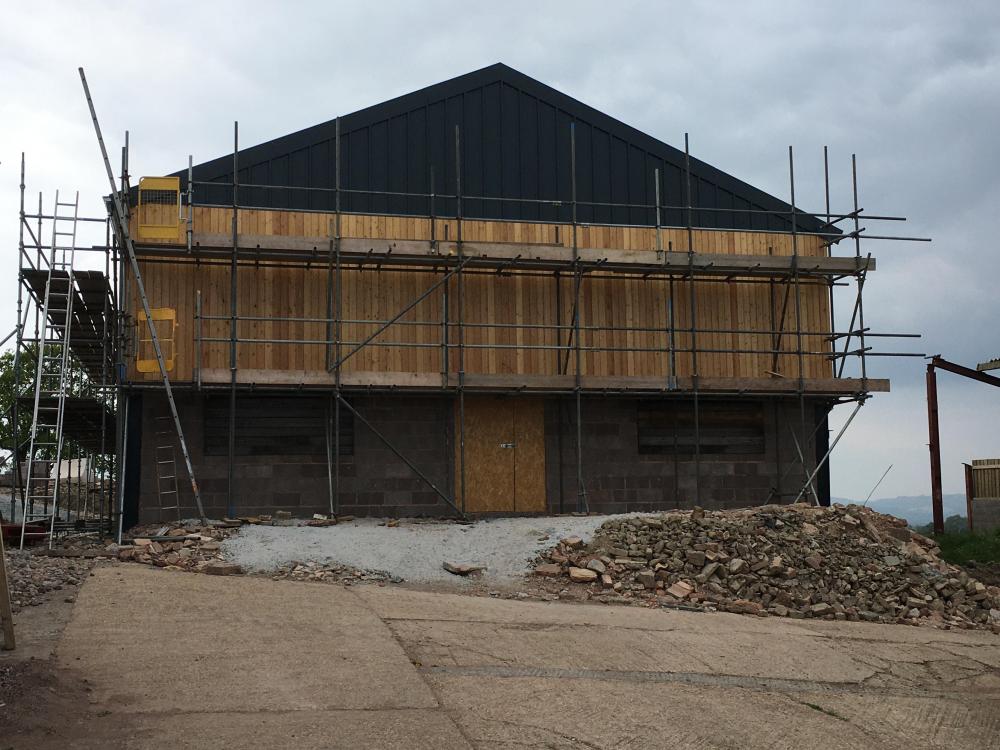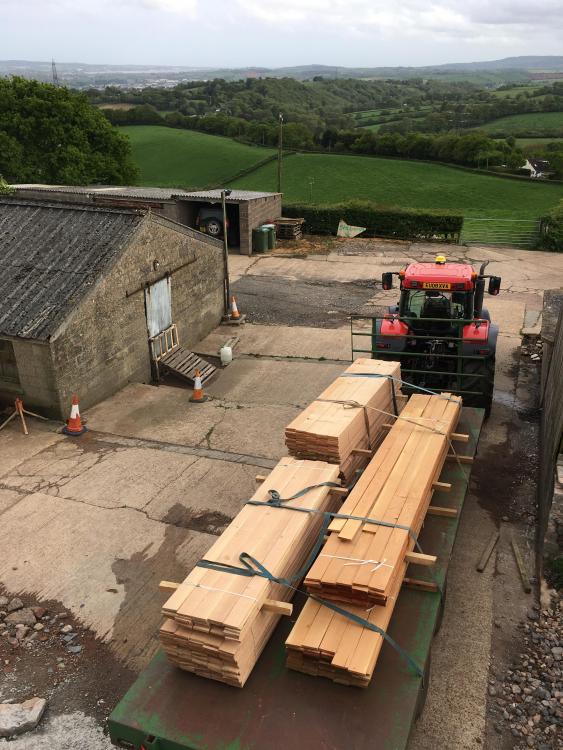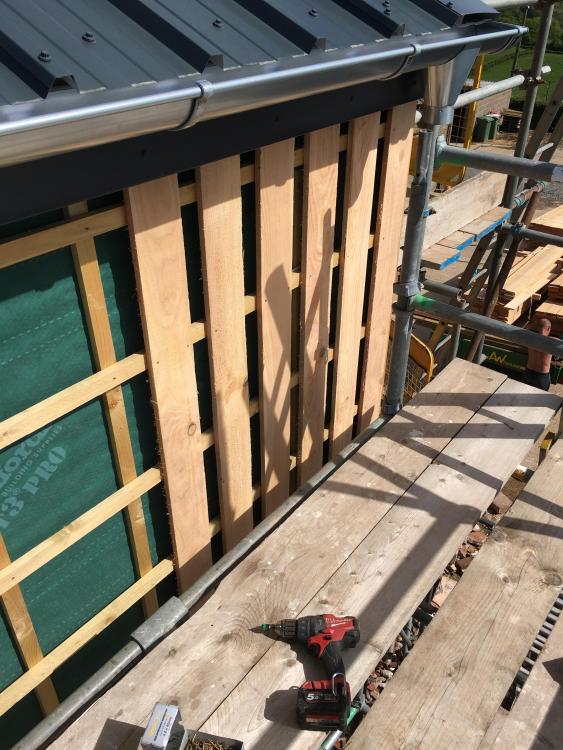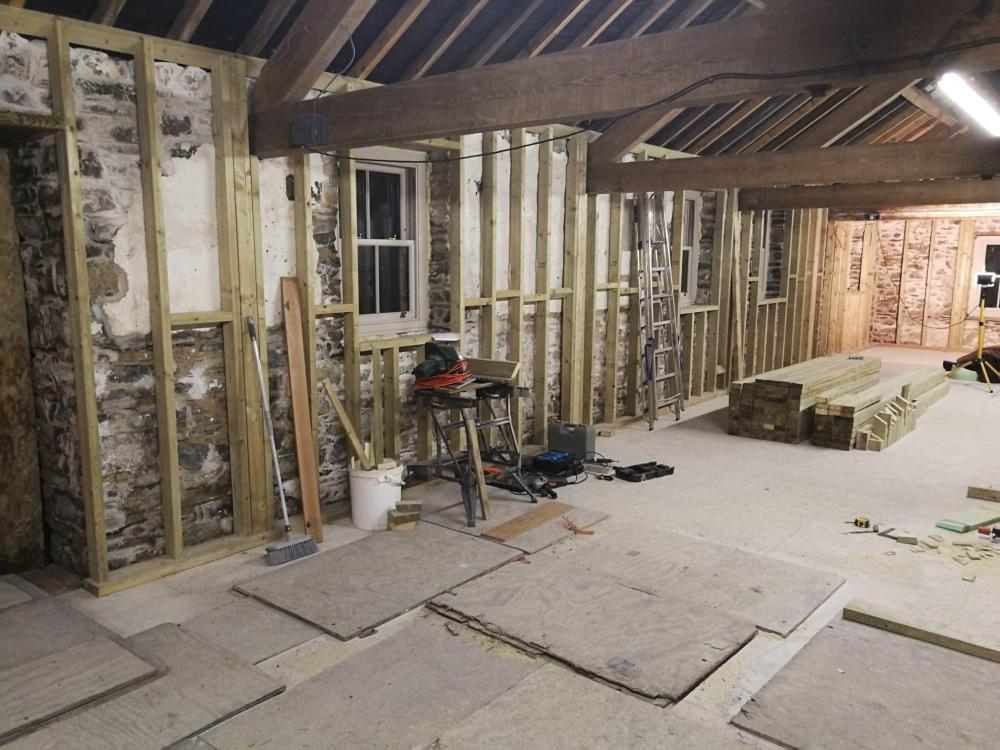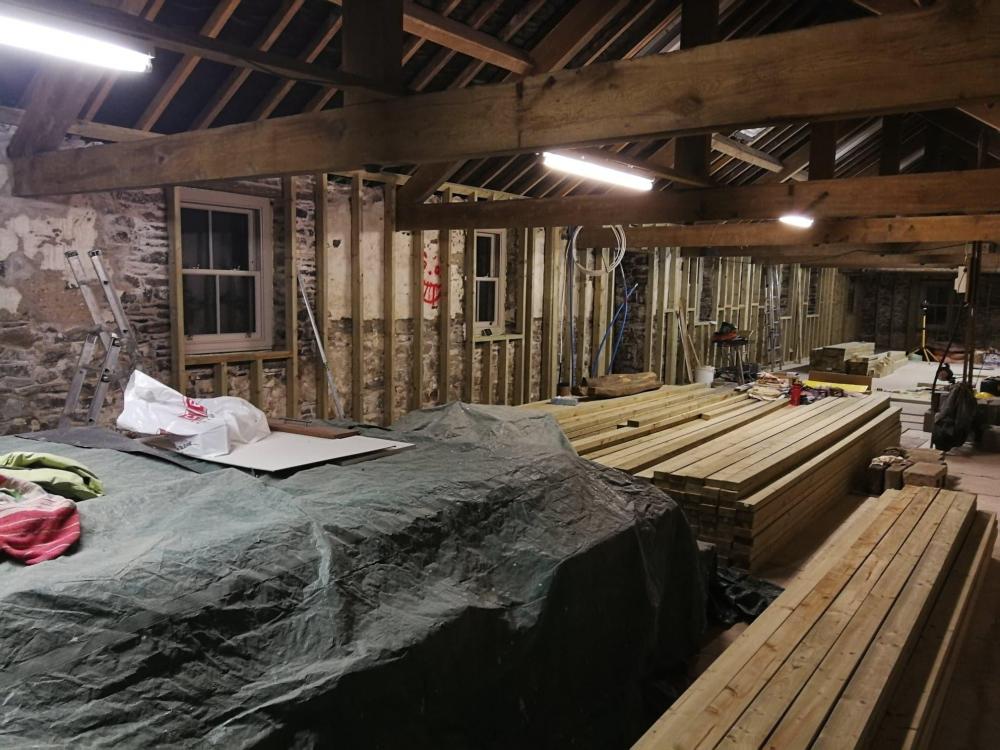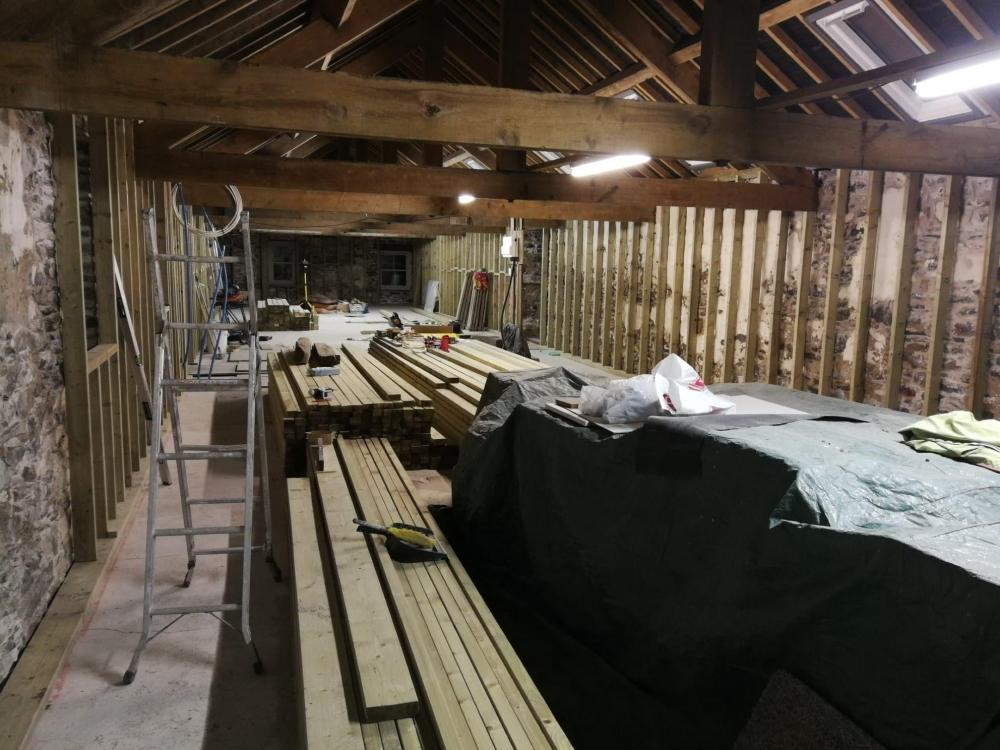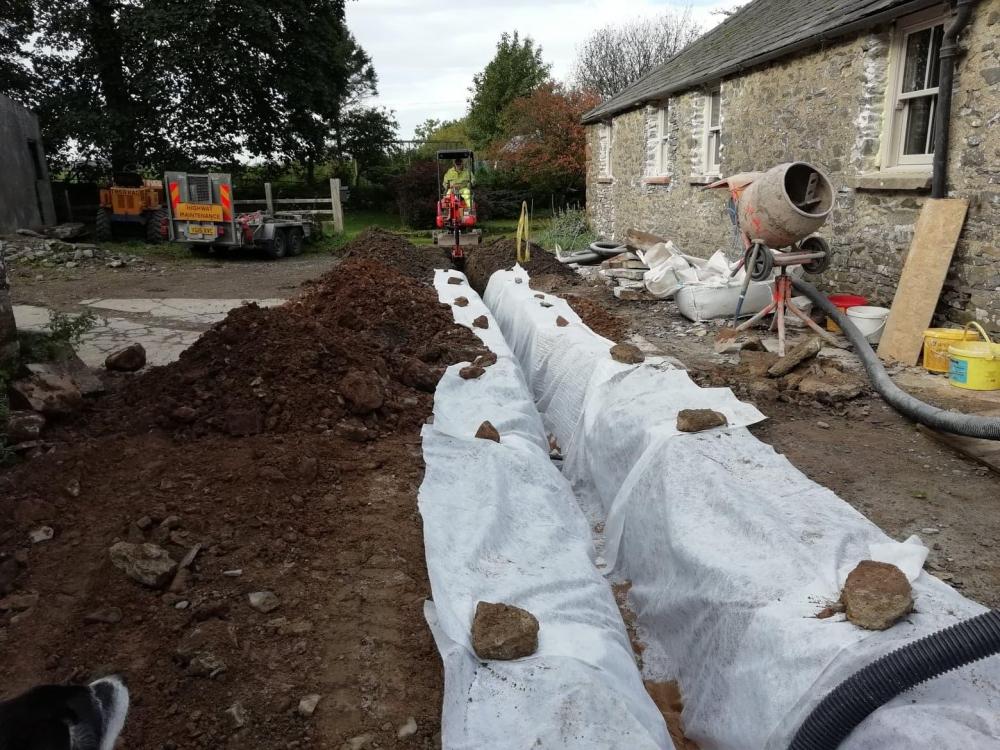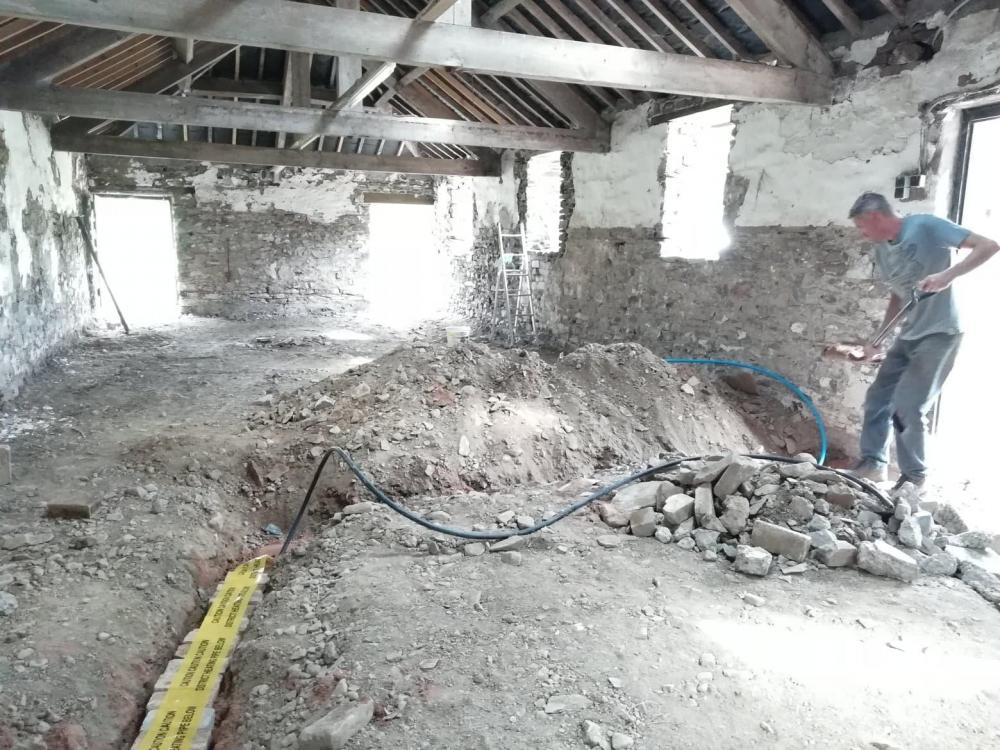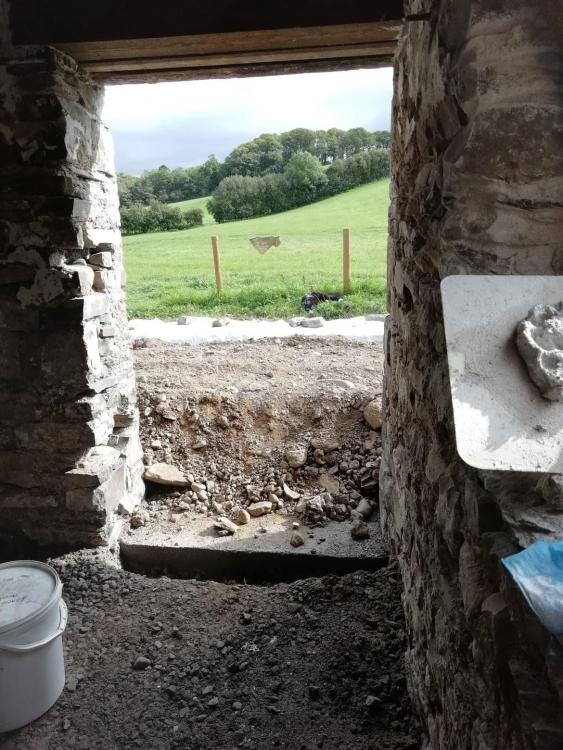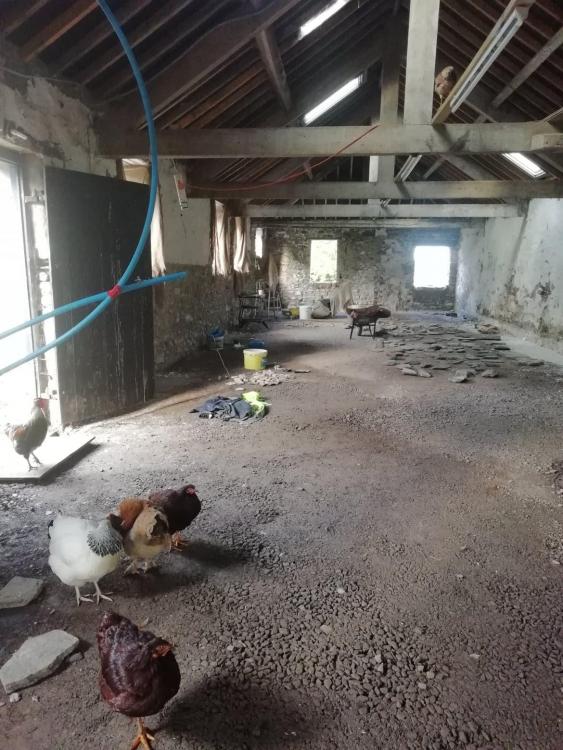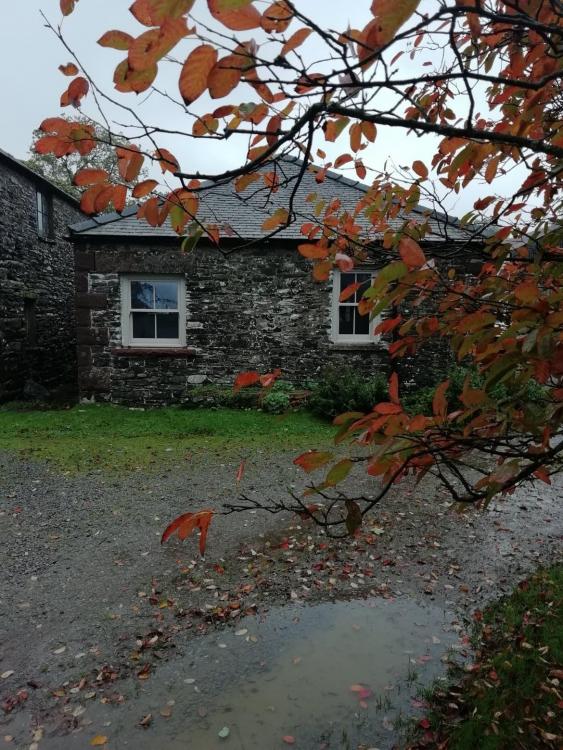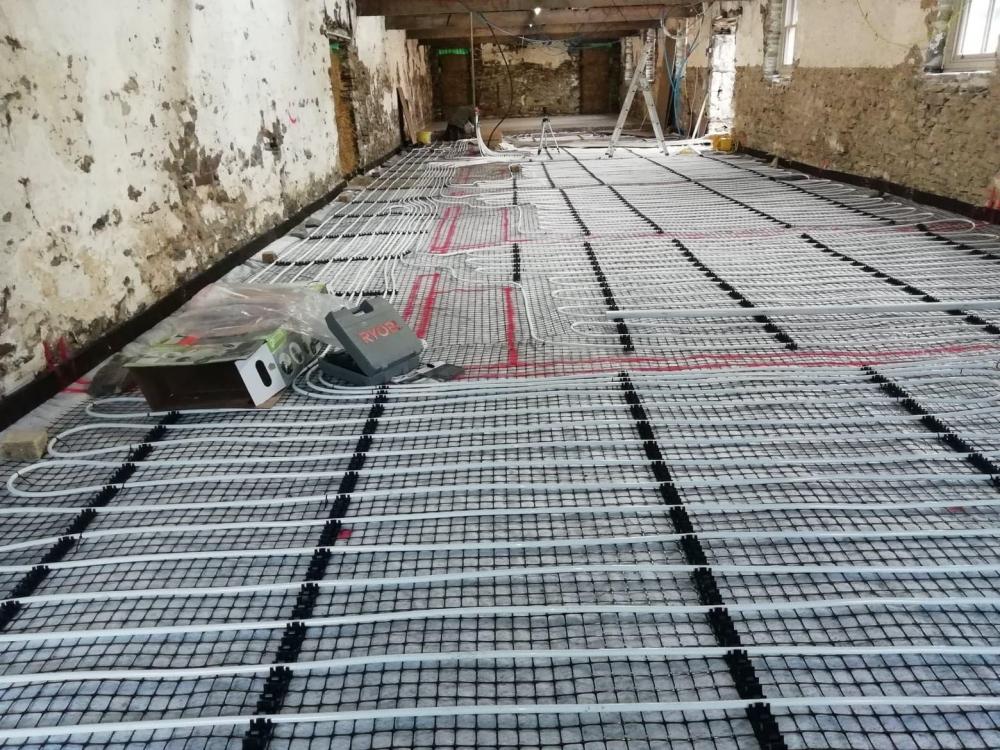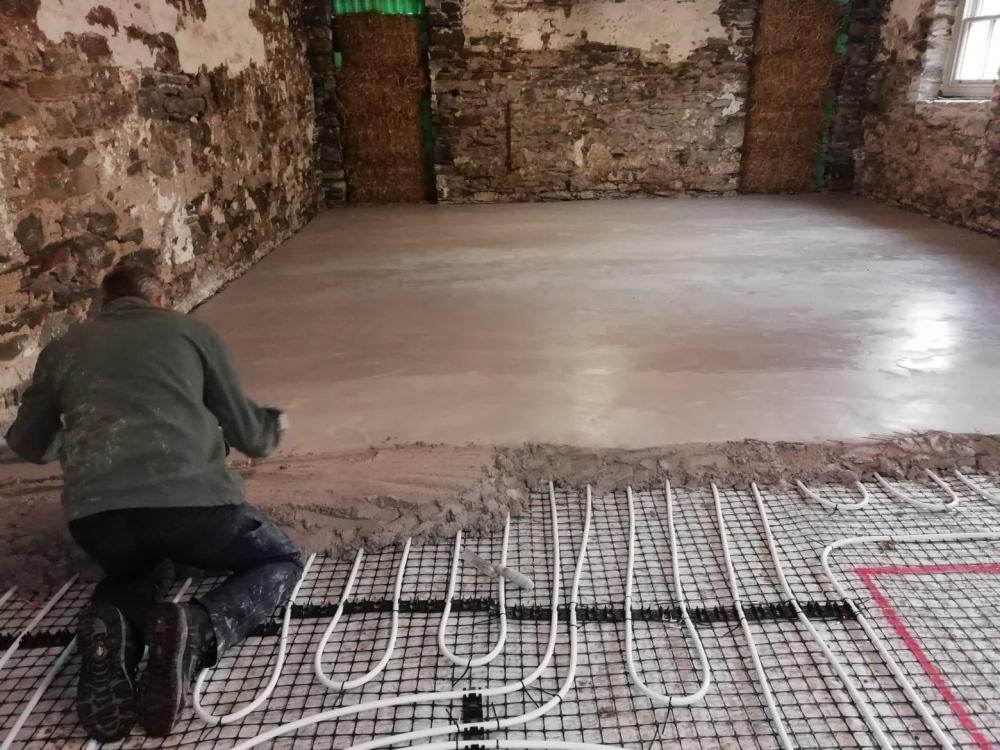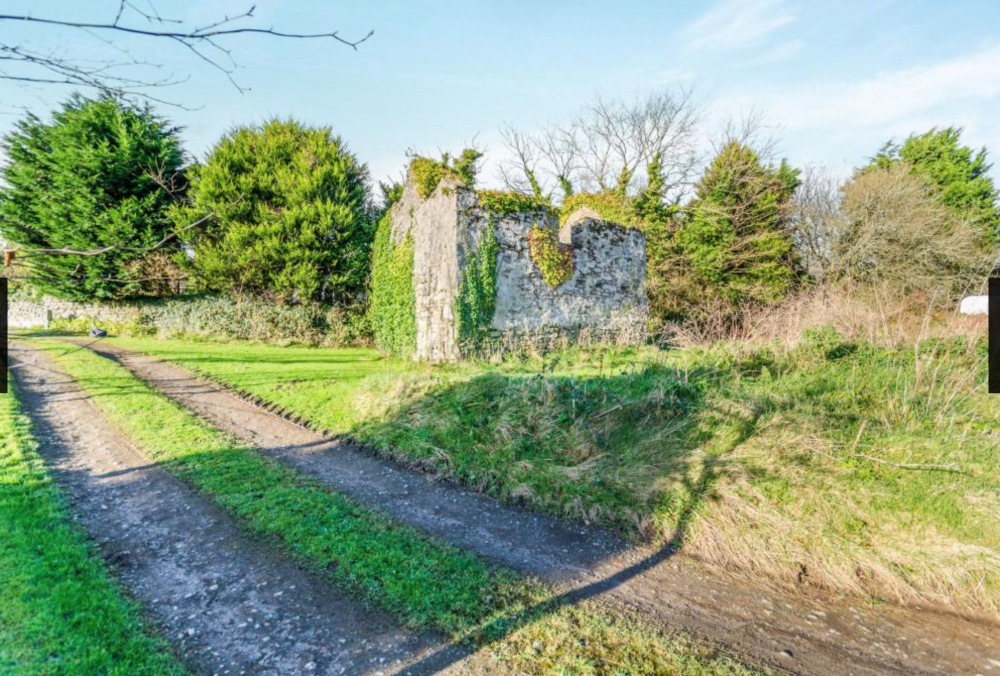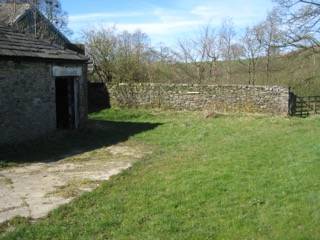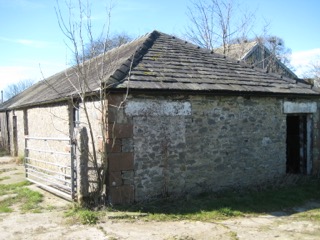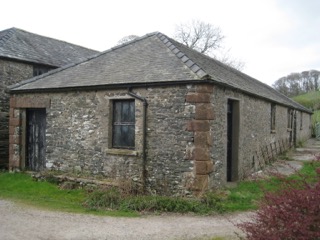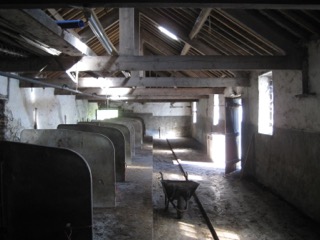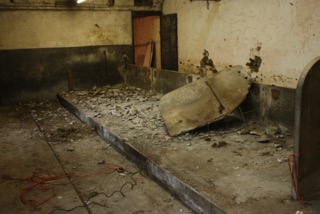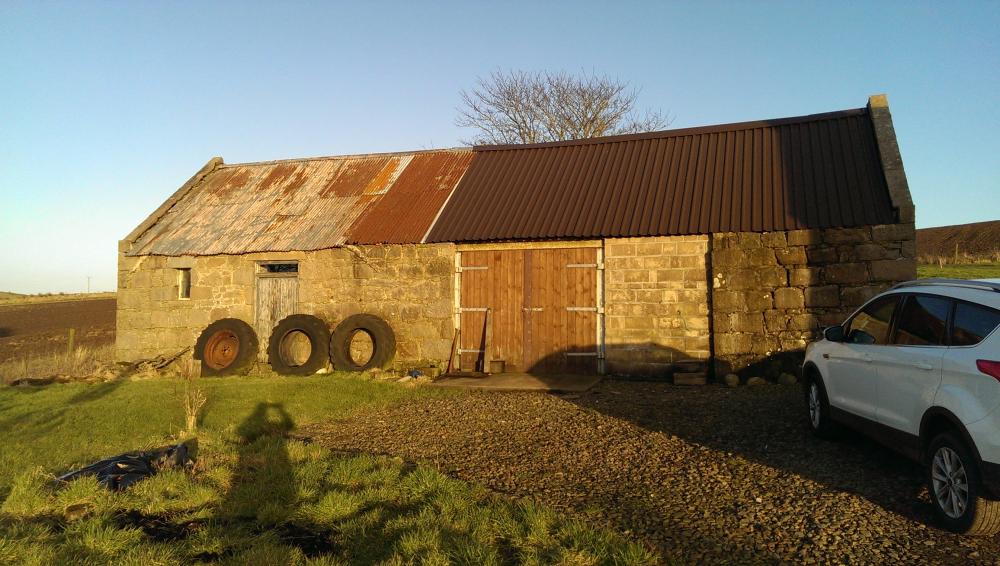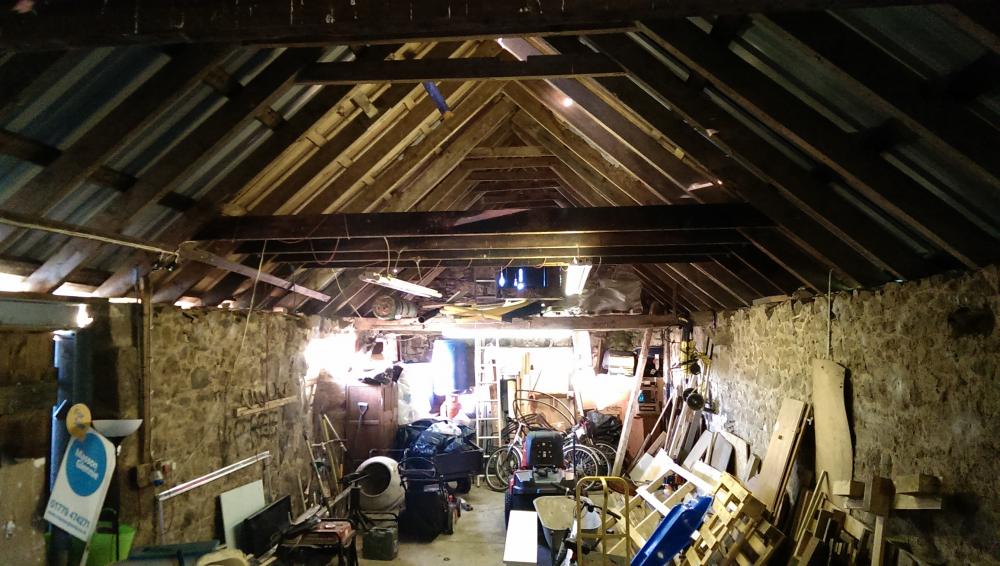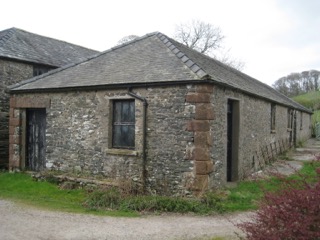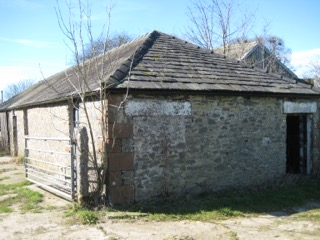Search the Community
Showing results for tags 'barn conversion'.
-
Hi, I live in a little cottage in Wales which was renovated from a disused barn 20 years ago. It's attached to an un-renovated barn built in the same style as itself. For a couple of years now whenever the wind blows a certain way there's this annoying knocking sound to be heard upstairs, i.e., in my bedroom. The following five links are for files in a Dropbox-folder, which are some resources to help explain this problem. knocking noise emulated, visual.mp4 knocking noise emulated.mp3 knocking noise actual.m4a roof-noise presentation.pdf spring knock The file-upload size here can't quite accommodate all of five of those files, though it can a few of them; so I'll attach right here "roof-noise presentation.pdf" and "knocking noise emulated.mp3", and then "knocking noise emulated, visual.mp4" at the bottom of the post (as the thumbnail for it is massive), in-case someone can't access Dropbox for some reason. roof-noise presentation.pdf knocking noise emulated.mp3 knocking noise emulated.mp3 Page 1 of the PDF titled "roof-noise, presentation" shows what it looks like from outside, page 2 what it looks like inside upstairs, and page 3 is an aerial-view taken from google-earth—the cottage being the building marked in pink on that page. The MP3-file titled "knocking noise emulated" is my best-attempt at re-creating what the noise sounds like: I did that by recording myself letting a small plank of wood fall against a wall, so that it bounces a little as it hits, and then editing the recording in Audacity to alter the pitch and pace to try and imitate the noise itself. The MP4-video-file titled "knocking noise emulated, visual" just shows me doing that, to give you a better idea. Sometimes the knocking is a bit faster, sometimes a bit slower. The M4A-audio-file titled "knocking noise, actual" is a real recording of the noise itself, using the best microphone I have available, which is just an Ipad; but, this recording is so poor that it's easier to hear the whispers of ghosts in paranormal clip-compilations on YouTube than it is to hear the knocking noise in that recording; the clearest instance of the noise in that recording comes about 15 seconds before the end. Sometimes it sounds like the wind pushes whatever plank is making the noise against some surface for a few moments, before it lets it gently fall back to its default position, the plank making a knocking noise both as its held by the wind in that way and as it relaxes back; the MP4-video-file titled as "spring knock" is just me trying to better describe that by emulating it with a plank of wood against a wall. The noise sounds like some loose plank hitting against something when being blown by the wind... I haven't determined any sort-of pattern with regards the direction of the wind: I thought at first that it only happened when a wind from an uncommon direction blew—the prevailing-wind being westerly—but that's not the case, and the noise will occur no matter which direction the wind blows from, it seems. It seems that if the wind is particularly strong then the noise won't occur. A workman visited me to inspect the building but couldn't immediately see anything the matter with the fascia of the roof etc. . His only thought was that the gable-beam of the adjoining barn, which is marked-out in image 4 on the first page of that "roof-noise presentation" PDF, was a bit loose, and so he put a bolt through it to fasten it, but I don't think that helped much with the problem actually. The fourth page of that "roof-noise, presentation" PDF shows the interior of another disused barn which is nearby to my home. I imagine that its roof is constructed more-or-less identically to my own. I include the images on that page of that PDF just so that anyone who has any ideas about what could be going on inside the roof can reference them as they explain their ideas. knocking noise emulated, visual.mp4
-
- noise problem
- wind
-
(and 3 more)
Tagged with:
-
Our new property has a bedroom that has been extended in to the barn: Wall 1: Half the wall is internal, half external. External: Solid brickwall, double glazed window. Wall 2: Solid external wall. This wall has a radiator and sloping roof which is insulated with mineral wool. The wall and sloping roof have thin styrofoam stuck against it. Wall 3: This wall connects with the barn. Previously it was covered with wood panels and styrofoam insulation was loosely placed between the wall and the wood. Not sure if this provided any insulation. Wall 4: The only square wall: Previously it was covered with wood panels and styrofoam insulation was loosely placed between the wall and the wood. Half the wall is in the barn, and the other half connects to an unheated storage room. Floor: concrete Ceiling: Wood. I'm not sure if this is insulated. Will need to have a look. Perhaps I could just roll out some mineral wool on the flat roof of the room? Because we haven't lived in this property we don't know how well this room heats and retains heat. The exposure to external walls is quite small because of the sloping roof and the wall with the window & door is only half external. The barn is cold (perhaps the same temperature as outside?). However there won't be any rain or wind inside the barn so we don't need to worry about moisure coming through the wall from the outside. I am thinking of insulating the walls internally, but not sure which will have the best impact. Only one wall is square. The other 3 have the sloping roof profile. The wall with the door frame and window seem to be the most difficult to insulate, and the wall with the sloping roof only has maybe 4ft height exposed to the external wall. The walls to the barn seem like the easiest to insulate as we don't need to worry about windows, door, sockets, pipes etc.
- 4 replies
-
- barn
- barn conversion
-
(and 2 more)
Tagged with:
-
- 4 replies
-
- italy
- renovation
-
(and 1 more)
Tagged with:
-
I want to improve the insulation of my old barn. I have underfloor heating but the external walls let out all the heat. It has featherboard cladding on the outside which has shrunk so there are gaps on the sides in lots of places. Behind the featherboard is about 50cm of celotex and some black membrane in places then plasterboard. From the inside, you can also feel the cold air in the holes in the wooden beams. What is the best way to improve it? My builders says I should remove the existing featherboard, batten and then put some sort of insulation material and then put new featherboard back on. The council will only let me use wood as I am in a conservation area. Any suggestions for the best type of insulation? I would prefer not to do any work on the inside if possible but that may be the best way to do it.
- 1 reply
-
- barn conversion
- cladding
-
(and 2 more)
Tagged with:
-
Morning everyone. Great to have signed up at last, I have been following posts and threads as a guest for quite a while and found it very interesting. We have finally sold our house after Covid delays and just started our barn conversion in Essex. Its a timber frame 1960's built barn. Big, about 29m x 9m plus a single storey extension of about 11m x 5m. We have dug the floor down about 1m to give the upstairs more head room. Fortunately we have enough land to dispose of the 350 cubic meters of spoil! Foundation wise, rather than the expensive option of raising the barn up on scaffolding whilst we dig the strips around the edge, we are putting a reinforced raft inside. Anticipated it to be about 200mm deep, but structural engineer insisted on 300mm deep slab with 450mm toes and cross sections. Structure is going to be timber frame with a brick/block plinth and sips panel roof. Will be looking to ask lots of questions about heating, ASHP's, solar and much more Cheers
-
Hi there we started building our house back in the Autumn, was our old Silage shed. Been a rollercoaster with planning, getting builders on site then the wet/windy Winter. Demolished the surrounding buildings last Summer/Autumn. Stripped the old roof very little photographic evidence of that!?? Then when the weather allowed fitted the roof again by ourselves, builders arrived Nov/Dec and been on sight on and off. I’m doing as much as I can alongside them groundwork’s, steel cleaning and painting, outside cladding... Electricians on 1st fix, which leads me to this site, need some MVHR help, so will be posting a separate thread on that. Lee Here’s some pics and our Instagram page. https://instagram.com/devon_barn_conversion?r=nametag https://www.instagram.com/invites/contact/?i=1xwabykomp0t4&utm_content=b9tjlhg
- 12 replies
-
- 3
-

-
- class q
- barn conversion
-
(and 1 more)
Tagged with:
-
Greetings fellow builder bods, Having solved the problem of how to secure footer plates to a friable lime slab floor (with the marvellous help of you brilliant people) we have rocked on with putting the start of the stud walls up and dry lining the barn. Sheeps wool insulation (from Cosywool) will go between the uprights. We will also be studding out the roof rafters in order to give us the depth for the insulation we need to achieve building regs U-values and for our own warm home wishes, so we are holding off the internal partitions until we have done the first part of that so we don't have unnecessary scaffold faff. We have framed up all but one of the 9 windows, but still got 3 of the 4 doors to do. But not bad progress in one week especially when one of us was poorly and should have been in bed really. Self-build fun and games! Handling wood is SO much warmer than handling stone which is a welcome change in this weather! It sort of seems a shame to cover up the stone walls which represent a good few months work for me. But they aren't the prettiest of their type given that we have kept the old lime wash on in places where it was sound and didn't need attention, and we do want the house to be warm when all is said and done. If I want to see stones I'll have to go outside. ? We had to choose between setting the footer plate further out from the stone wall and losing more floor space but not needing to trim anything... or tailoring the uprights around the irregular lumps and bumps if they protruded too far. We picked the latter, of course, so the uprights are truly bespoke fitted in places! We did have one run of a few meters where we didn't have to use the jigsaw at all - we liked that bit. We are currently 2 years into this build and it is nice to be doing something so immediately visually obvious. Up until now we have mostly been altering/making good existing structures / features which isn't the same. I spent a fair chunk of a year repairing the stone walls (while the kids were at school mostly, so not the same work rate as a full time labourer would be able to do) and when I was done it didn't look a whole lot different (though structurally certainly was)! But now everything we are doing from this point is adding fresh new stuff and as such feels like more progress. If anyone is curious or thinks a question about any of this would be useful please feel free to ask. ?
- 2 replies
-
- 3
-

-
- barn conversion
- breathable
-
(and 1 more)
Tagged with:
-
Greetings, Just checking in with a bit of an update. Our four walls and a roof has moved on a bit. We are doing the work ourselves, used only one tradesman (to construct stone wall) and with small two kids to raise, as well as building and various 'interesting' events such as having to replace the roof on our temporary accommodation, I haven't been on here as often as I would have liked. We have: cleared the internal space of animal stalls, rooms and concrete render embedded our water and electricity supply pipes levelled the earth inside the building, put down Geocell foamed glass insulation enveloped in a terram, put in UFH system and lime screeded on top. Lime pointed our window reveals and installed wood framed windows raised the door lintel heights to allow for floor level coming up dug lots of trenches to put in land drain, civil drainage and oil feed pipe scrubbed the roof down ready to spray with woodworm treatment. millions of all the in-between stuff that uses so much time but doesn't make the headlines We did the lime screed ourselves and it has gone fine, it was a big job but we are pleased with the result as no problems with it despite finishing at half an hour to November and lime being temperature sensitive - we were running a risk with that - but the winter has been kind enough. So much has gone on there isn't any point going into technical detail on it all in this post, but I am happy to discuss any aspects anyone might find interesting/relevant to their own project
- 15 replies
-
- 4
-

-
- barn conversion
- breathable
-
(and 1 more)
Tagged with:
-
Hi everyone, Thanks a lot for having me I value your feedback! The other question I have been wondering (and need to decide on before applying for planning) is about the groundwork. The structural report says that it's sound and doesn't need underpinning. However, the barn is quite short. I think it's 4m tall, not at the top of the gable - I couldn't get my tape measure up there. It used to have a first floor and has the holes where the beams used to go. We'll be wanting to put the first floor back in. I had originally thought I would raise the first floor so there's more head room downstairs, and upstairs will be fine as we'll have it open to the ridge inside. However, as we'll be hoping to put on an extension, and will need to be doing some insulation and slab laying in the main barn anyway, would it be better to lower the whole floor level? If you're already doing groundwork, how much extra would I expect to pay if I wanted to lower it 30cm or something? I think I am leaning towards just raising the first floor level. I personally don't mind the walls being a bit lower than the top of my head, as there's so much extra space that will be open from keeping the roof open. But worried I am missing a trick that might not cost much more!
- 9 replies
-
- concrete slab
- barn conversion
-
(and 1 more)
Tagged with:
-
Hi! I’m new - thanks for having me! We are about to start the process of planning and converting a tiny barn in cornwall the walls are granite and rubble filled. Due to the size, I have been pondering ways of creating space and I was wondering about the feasibility of creating an alcove in the wall on the inside to turn it into a coat cupboard? It wouldn’t need to be that deep if it was just peg hooks and place for a few shoes. Is this the sort sort of thing you would tell me not to even think about? I wouldn’t do it myself. I’m unsure about the stability and whether it’s possible to stabilise it. Im sure I will have lots of other questions but I thought I would start here! thanks for your thoughts i know it looks a state in the pic but it’s had a good structural report
- 7 replies
-
- barn conversion
- granite walls
-
(and 1 more)
Tagged with:
-
Hello fellow self-builders, We are at the start of our first self-build project. In South Lakes and massively grateful to find ourselves (very unexpected) with this opportunity to create a great place to bring up the kids. So far: We have cleared the site and begun demolition of the unwanted structures such as the animal stalls and partition wall. Installed a waste water treatment unit (currently servicing our on-site temp accommodation) and laid pipes for future connection to house toilets and drains. We are currently wrestling with whether to put in a limecrete floor or ordinary cement floor. Money is a factor. Our risk concern with ordinary cement is the possible rising damp problems it could give us in a lime pointed solid stone wall - but it's cheaper and maybe won't cause those problems. Concerns with the lime floor are the uncertainty of the level of skill required to self-lay it, but it is compatible with a breathable building envelope so preferable if we can afford it and not botch it. Once that decision has been wrangled (any thoughts much appreciated). We will aim to get that installed this summer. I see I am not the only person starting a thread here in barn conversions - nice to have the company Robjones <waves> ttfn
- 12 replies
-
- barn conversion
- solid stone walls
-
(and 2 more)
Tagged with:
-
OK, it's a bit lonely and quiet in here, but I guess this is the right place for my new project so here we go. This is right at the very start and was hoping to start this after the initial meeting with our architect. However the snow here in the North East of Scotland is REALLY bad today and the appointment has been postponed until next week. Anyway, this would be my first project of this size. I intend to get the roof and glazing professionally done, but the rest will be myself. Well, that's the plan at this early stage. I work from home on a part time basis, so I'm fortunate to have the time and be onsite. The plan is for this to be an investment. At the end the intension would be to sell both properties and move on. How realistic that is, will be up for debate and discovery! this is outline of the plan: We have a very rural three bed house here in the North East of Scotland and as is often the case here, it came with various outbuildings and a small steading which is just a Scottish term for a barn. We've done a lot of work to the house, and now it's time to carry out our long held plans to convert the steading into a small 2 bed dwelling - if possible, allowable and feasible of course. The building is of granite construction and apart from some lime pointing, the walls are solid and true. The rood will of probably have to be completely rebuilt with the intension of slate tiling, but hopefully some of the main beams can be re-used. Though of course, some are rotten. Originally, the building had an extension on the left of the main picture below which you can see the signs of mortar of - just above the tyres. We hope to restore this small extension and hope this - together with original pictures from the 60's we have - will help get this through planning. This would give us a large mezzanine type master bedroom, with a smaller one at the opposite end. We also intend to install a large window where you see the existing doors and blockwork. It is only a small barn (lets call it that from now on), but I feel it would be still a good size for open plan kitchen/diner and living space + 2 beds, bathroom and utility. The overall internal size is 5m x 16m which I believe would be small, but perfectly formed - especially if we get the small extension approved. I would welcome with open arms any comments, questions or experiences anyone has had. At this very early stage, I feel a little overwhelmed yet excited about it all. Yet I know there are going to be some painful times ahead. I will keep this thread alive and will let you know what the architect says on Monday. Hoping the snow stops by then! Cheers,
-
Greetings everyone, Thought I may as well stop lurking and say hello so I can share the adventures, mine and yours. We are living on site of our barn conversion, two kids, a dog and a snake in tow. We are currently in the site prep and demolition-of-unwanted-parts stage and soon to make a start on the floor slab. We are novices and have a silly low budget ( risks high, costs low, off we go) and I am currently trying to research the answer to the million dollar question of where the sweet spot is between best available technique and budget on our floor slab. Part of me feels a little sorry for the barn that it has ended up with us as buyers because someone with more money would be able to make a really stunning home. However, it is our dream home, we've made the leap, and we will do our very best to put all we can into the fabric of the building and skimp on the stuff that can be tackled again in future. I don't have any indoor pics to show at the moment, but the two I've put on show the East and West elevations. The roof is in good shape having been done only 20 years ago. The walls are pretty good too, not being in a state of collapse at least. ;D On closer inspection there are some woodworm-ey lintels to sort out and a a big re-pointing job awaits. We are currently debating back and forth over a limecrete floor or trad concrete - I have been disappearing down various rabbit holes of opposing opinion and am hoping to invite some on here on the basis that it is an interesting discussion, and lots of the online information I find seems to be more relevant to different circumstances. We are doing breathable walls and roof, lime pointing, cork/wool insulation, woodwool board etc and were all set to go down the limecrete floor slab when a self-builder I respect suggested that a standard concrete floor may not in fact cause the rising damp in the walls as we feared/expected so we ought not to rule it out. Food for thought. His point was that if you create a trench around the building to get local surface run-off to flow away from it, thus keeping immediate ground water down, the sheer weight of the slab will keep the ground water level too low to cause a problem in the walls... We are learning as we go, so I will be very cautious about offering 'advice' to anyone, but, happy to encourage and willing to share my tales in the hope it will be useful to someone out there. We have leaped a good few hurdles to have got this far, so I am gradually shedding my utterly-clueless skin and am happy to have found you guys.
- 2 replies
-
- barn conversion
- limecrete
-
(and 1 more)
Tagged with:

